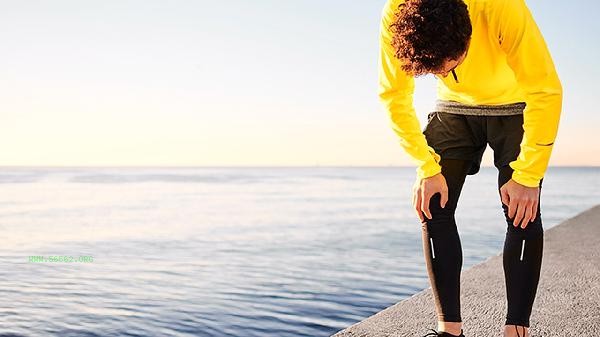Wearing shapewear while running should be determined based on individual needs and exercise intensity. It is not recommended to wear it for high-intensity running, while low-intensity shapewear can be used for a short period of time.

Wearing shapewear during running may limit the natural activity of the core muscle group, affecting breathing depth and heat dissipation efficiency, especially during high-intensity training such as interval running and long-distance running. Tight restraints may cause skin friction injuries or rib discomfort. Professional compression clothing is different from shapewear. The former promotes blood circulation through gradient pressure, while the latter only changes body shape through physical compression. Choosing the wrong one during exercise may reduce performance. Wearing non breathable shapewear for a long time after exercise may cause heat rash or folliculitis. Some people wear shapewear for a short period of time while jogging or brisk walking, which can enhance the support of the waist and abdomen through slight pressure. However, it is necessary to choose a style with high elasticity and good breathability to avoid affecting the range of motion of the hip joint. Postpartum women should be aware that shapewear may increase pelvic floor muscle pressure, and incorrect use by patients with lumbar disc herniation may exacerbate nerve compression. After exercise, dry clothes should be changed immediately, and shapewear should be worn continuously for no more than 2 hours. Sports clothing should prioritize functionality over shaping effects, and choosing sweat wicking and quick drying professional sports clothing is more conducive to heat dissipation. After running, you can strengthen your core muscle group and improve your body shape in the long run through movements such as plank support and abdominal curling. If shaping is required, it is recommended to perform Kegel exercises or Pilates under the guidance of a doctor, and avoid relying on external pressure equipment. supplementing electrolyte water before and after exercise and wearing a heart rate monitor to monitor exercise intensity is more scientific than monitoring changes in body shape.








Comments (0)
Leave a Comment
No comments yet
Be the first to share your thoughts!